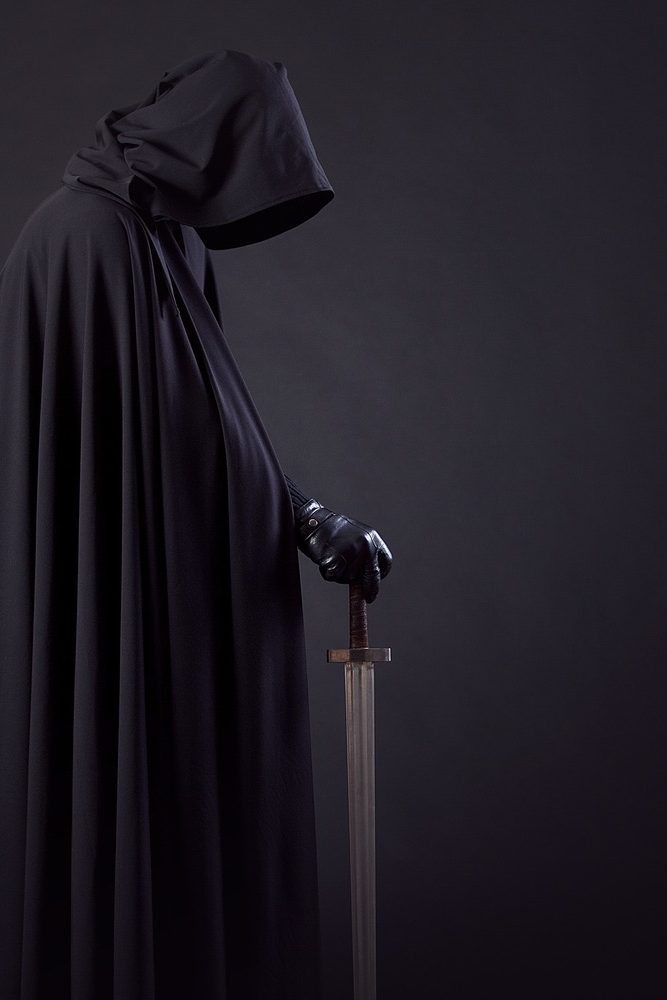Also available as Ep.1 History & Heritage on the Cat-astrophic Ramblings Podcast.
Wait! What?! This statement made by a reviewer took me aback. I write historical fantasy, time travel, romance, and historical fiction. Academically and professionally, I am a public historian and cultural heritage consultant. Had I botched incorporating aspects of history and heritage that badly?
Perplexed, the first things I asked myself after hearing this remark were:
- Did I fail to world-build properly?
- Did I fail to include historically or culturally significant things?
- Did I need to add more period language or other cultural aspects into the narrative?
I went back and re-read the manuscript being critiqued. While there were a few places to polish up my prose and world-building, the larger issue driving this remark came down to the reviewer’s perception and definition of history. I learned this after I asked them for examples of where specifically historical and cultural heritage aspects were missing from their perspective, so I could fix those areas. From their viewpoint, I wasn’t consistently using great people history and focusing on grand architectural sites, so the reviewer couldn’t make a historical or cultural connection with all the other elements that supported period, culture, and place.
I felt this would make a worthy blog topic. In fact, it probably makes for multiple blog topics. History and heritage are broad fields with a ton of complexity to them. There are also heated debates about the definition of what history is and isn’t in academic and professional circles. So, it isn’t surprising that similar issues would arise when someone reads or critiques my work, especially if I am jumping around in time, as the Horsemen novels often do. The intent of this post is to do my part in ensuring all my readers are attuned to the fact that culture, identity, history, and heritage stem from more than famous, elite individuals and grand architectural sites. I don’t expect my readers to be historians or history buffs at all. It’s nice when they are, but that is definitely not required to enjoy my novels. A love of reading, a bit of imagination, and a sense of adventure are all one needs to engage with my books.
To keep things simple, history, heritage, and culture are demonstrated regularly through the words we speak, the clothing we wear, the food we eat, and virtually everything around us. To gloss over social and cultural aspects of history and heritage is to ignore a great number of important elements that define a place, period, or individual. You are doing a huge disservice to the past and present if you keep your historical viewpoint solely focused on kings, queens, battles, and dates. And if I am only writing about those things, from my perspective, I am failing miserably as a historical fiction and historical fantasy novelist. Sure, all of those things can be important elements when setting up a novel, but if you are ignoring all the subtler items that share important historical perspective like those supporting great rulers, trades, craft, agriculture, literature, art, etc… you are missing out on a well-rounded snapshot of what a time or place was truly like. Please do not rob yourself of viewing history through the multitude of lenses that exist as we look at the multifaceted story of the world. By using those different lenses, we better understand and connect with others as well as critically analyze events.
So, what are some ways I slip history and heritage into my writing that might be easily overlooked?
If I have a character from a particular region or period, you’ll learn a great deal by simply reading their name. This also applies to an animal’s name associated with that character. Take a minute to look up the name to learn where it is from or what it means. Yes, I expect my readers to look up things they get curious about or things they aren’t familiar with. Or at minimum, visit my website or social media to see if I have written about a particular topic. While I try to define things in dialogue or narrative, I would slow pacing a great deal if I did that with every little detail. I also won’t foot note fictional works. Some authors do, but in my opinion, foot notes belong in non-fiction and academic texts. To see them in a fictional piece weirds me out and gives me nightmares about formatting. I have to fight those formatting battles in my academic and non-fiction writing. I don’t want to do it in a fictional work.
Food is one tool in writing that can help set time and place. Never underestimate its value and importance in conjuring memory or engaging all the senses with a literary work. If there is a scene where the characters are eating and drinking, I try to give the names of dishes and drinks, not just use generic terms like wine or meat. By naming drinks or foods, I am providing a historical snapshot of what people commonly ate at that time or a glimpse into some aspect of cultural identity. I really enjoy describing textures, scents, and flavors when I want to get a reader’s attention or immerse them and the character into that particular culinary moment, especially if a food or smell is triggering a memory. If I can’t find something that ties to both period and place, I promise you whatever the characters are imbibing or savoring ties to the culture they are blending into. Or they are having a new experience learning about another time or place. For example, Dante, a character from the Renaissance, falls in love with caramel after visiting modern day, but learns he hates Starbucks chai lattes as they don’t taste like a chai tea should, based on what he has drank in the past.
Textiles, jewelry, and art can provide another glimpse into historical periods and cultural beliefs. If I am giving you details about jewelry and clothing, I am offering you a glimpse into the character and their ties to cultural beliefs or a place. Watch out for those little things because they may surface a contradiction in who the character has told us they are and who they actually are. If a piece of art shows up, it almost always holds crucial clues to a task a character is undertaking. Artwork can also serve as a bridge between a modern reader and the past. Frequently, the piece prompts dialogue or an inner monologue as another method of relaying historical and cultural information in a nondisruptive manner. No one likes to be jarred out of a story by an information dump.
Weapons, uniforms, and armor also hint at a character’s identity and who they work for. Are they carrying a rapier, short sword, an arming sword, or a scimitar? What inscriptions, symbols, or gems are incorporated into the weapon or armor? What weapon is a character comfortable using or do they prefer to use? Rayne, War in my books, prefers using a sword or hand-to-hand in engagements, but has no problem picking up a gun and using it. Dante finds guns deplorable and ungentlemanly. He prefers an arming sword or sabre when engaged in a fight. Dante’s attitude reflects the viewpoints of many an aristocrat or upper-class military officer as gunpowder, guns, and cannon first arrive in Europe.
I use a variety of languages in my books. I intermix foreign words with American English as most of my readers are American English speakers. Or if I use full phrases, I translate them in the narrative or in parentheses for the reader. Doing so reminds folks of a character’s native language and adds authenticity as well as historical perspective.
Character Perspectives. This one can get tricky as I have the challenge of using modern language and navigating the modern political landscape while still being true to what a man or woman from a certain age would most likely think about a topic. Yes, my male characters can be misogynistic a-holes at times. That would be perfectly normal for a medieval soldier. Or a modern-day character may have to tolerate things they normally wouldn’t to survive in addition to challenging the other “older” characters to grow a bit. I might also rock your viewpoint on topics like chivalry. Modern-day usage of the word “chivalry” certainly doesn’t align with what it meant in the past. My characters do poke at one another in conversations when it comes to a variety of topics. A good debate between them or some friendly humoring, when appropriate, can be an easy way to provide historical context.
Lastly, Place. I prefer to use real world locations as I think they provide stronger anchors for a reader to visualize. However, I will make up one if needed. While I do incorporate famous places like Rome or London, I also intentionally choose lesser-known locations to set story in quite frequently. This allows me to introduce readers to new places that are historically significant and allows flexibility in crafting narrative, along with showing the historical significance of contributions from smaller communities often overshadowed by larger ones. As a public historian, I try to make folks curious enough they might want to learn more or visit that location on their next trip.
While I do my best to provide accurate and authentic historical aspects into my stories, there are times where I will intentionally deviate from the period or run with an obscure historical theory about something or someone, as that works better for my narrative. My books are fictional and are meant more as a form of edutainment than as a secondary source. Sometimes authors in my genres do such a good job of blending fact and fiction we may cause readers to challenge experts in the field over items when they shouldn’t. Please always double check things before debating them with a historian. I am also human and may make a mistake, but I try to catch those mistakes before the book goes to market.
I am revamping my blog to further explore some of these nuanced points, to shine the spotlight on real historical figures and places that appear in my books, share recipes so you can try what my characters are munching on, and to just stay in touch more frequently.
If you ever have questions about something in my books, please reach out. I am happy to answer whatever they may be. You can contact me via social media, this website, my podcast, or leave a comment below.
Thanks for reading!








